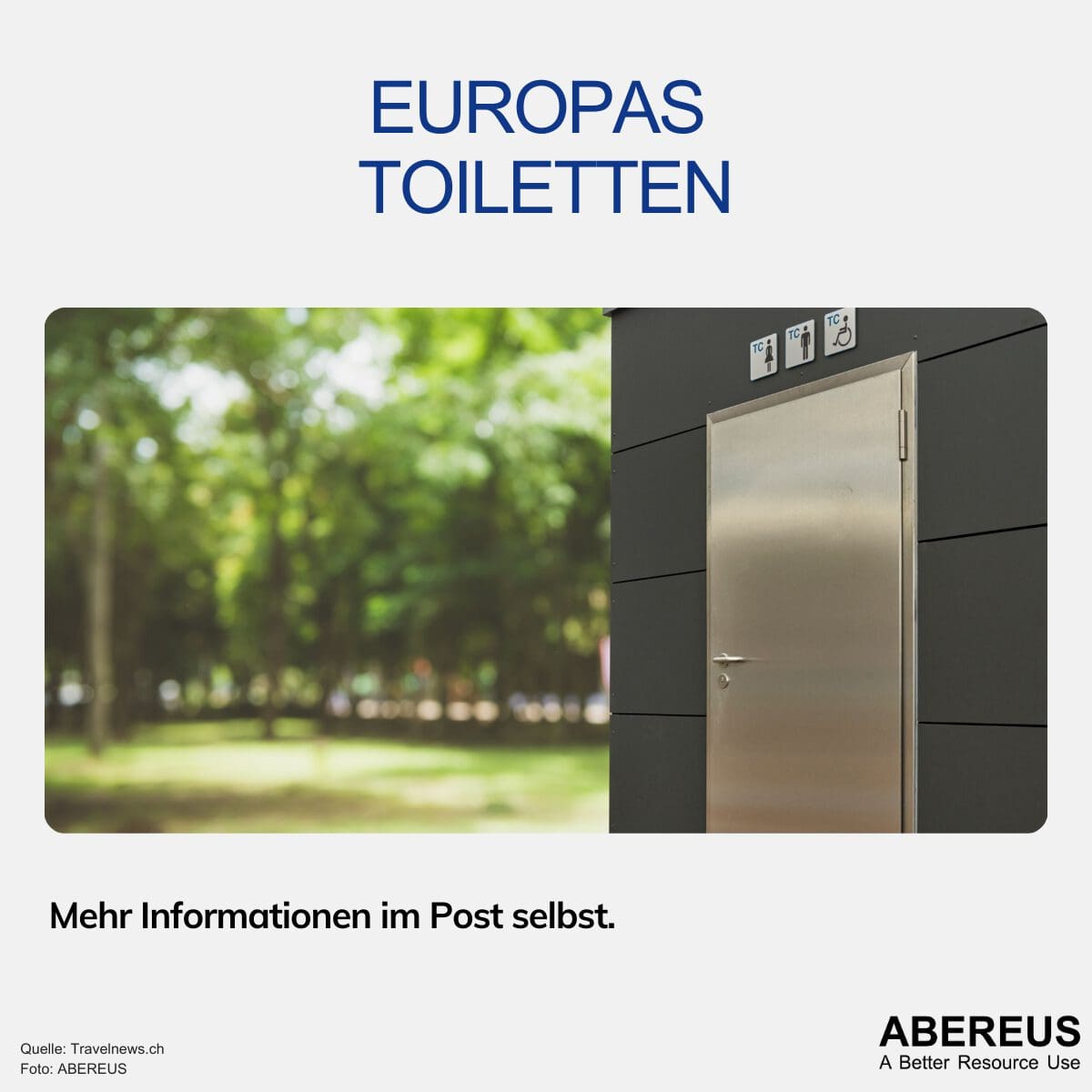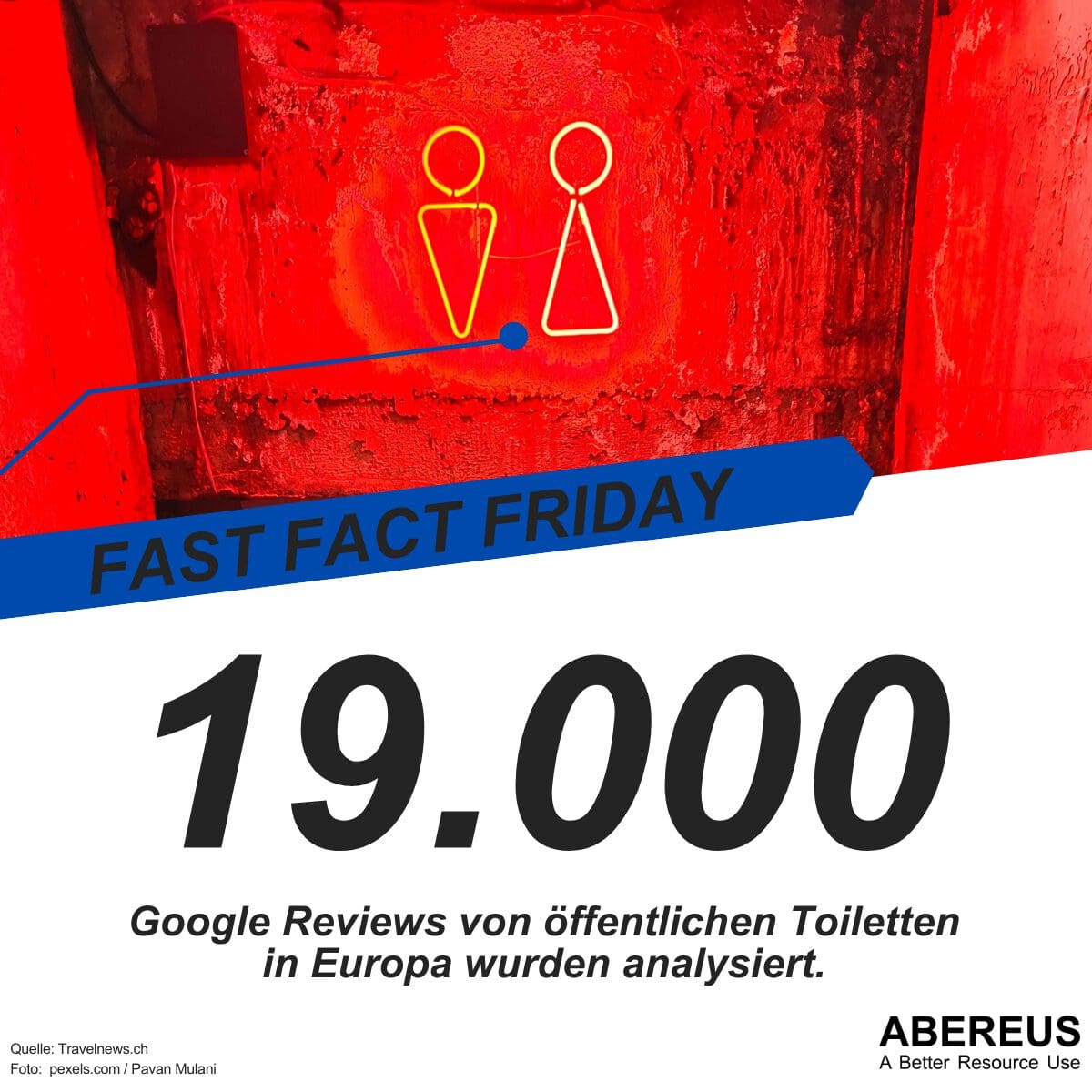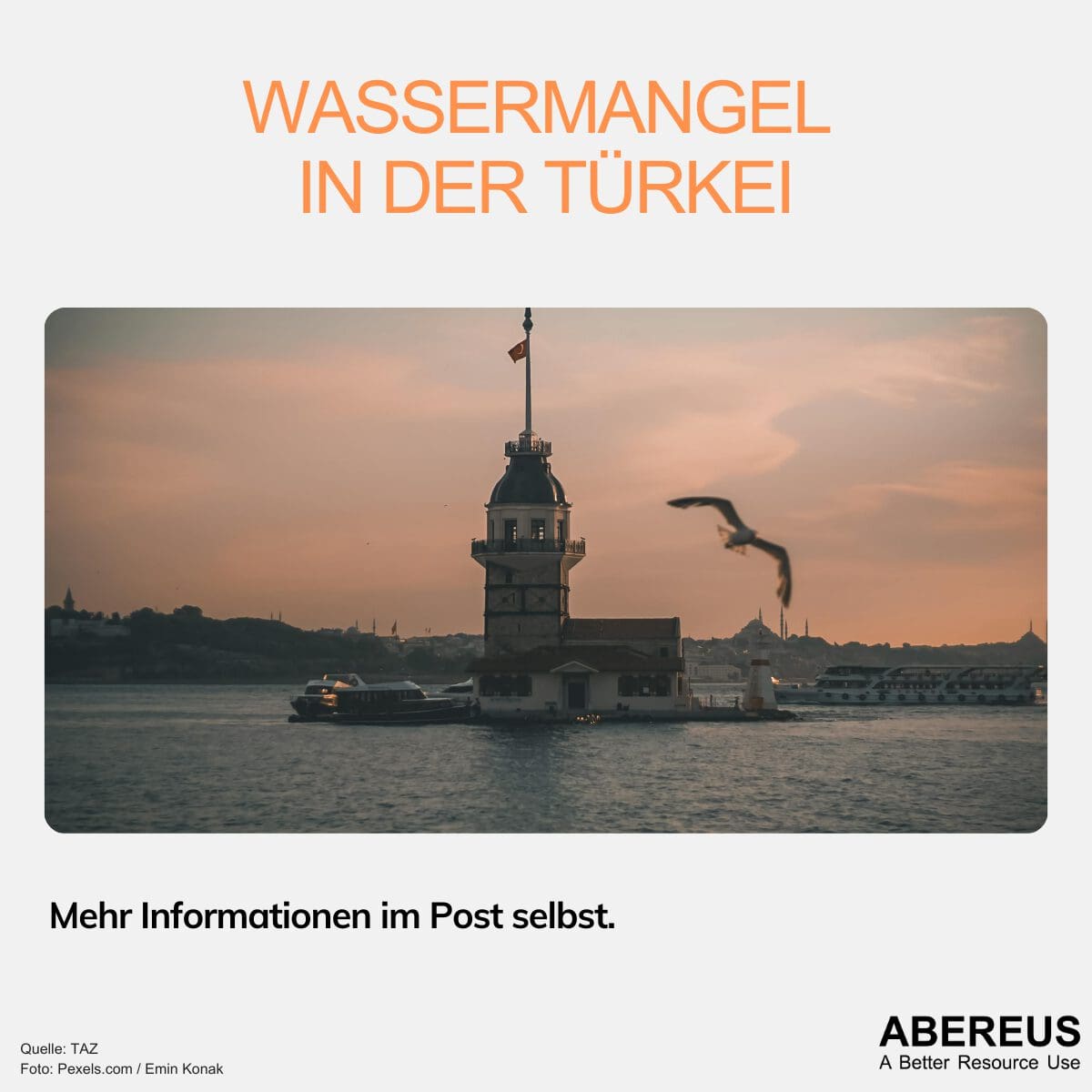Koala feed on pap, not poop

Date
Baby koalas have a unique way of kickstarting their digestive systems and acquiring essential gut bacteria. After nursing for about six months, they transition from milk to solid foods. This process involves a surprising behavior known as pap feeding. During that process, baby koalas nuzzle at their mother’s rear end until she excretes a substance called “pap”. Although it may resemble poop, koalas feed on pap not poop. It serves as a crucial source of nutrients and bacteria necessary for the baby koalas’ development, as koala feed on pap not poop is essential for them.
The pap is no pop!
Research on pap composition reveals significant differences from feces. While the koala excrements are fairly hard individual pellets which contain dead bacteria, pap contains live bacteria. Although the exact mechanisms are not yet fully understood, the pap aides in the joey’s digestion of eucalyptus leaves. As such, the saying “Koala feed on pap not poop” underscores this distinction. So, once the joey starts consuming pap, it quickly develops a preference for leaves.
The leaves of eucalyptus, a staple food for koalas, contain tannins that are indigestible. However, the gut of a grown koala is filled with bacteria that have the ability to unlock the nutrients from these leaves. Baby koalas do not possess these microbes at birth. Instead, they acquire them from their mother through pap feeding. The pap acts as a specialized form of baby food, rich in the bacteria that the joeys will rely on after being weaned. This shows once again why koalas feed on pap, not poop, to thrive. It solidifies the notion that koala feed on pap not poop.
This peculiar behavior of pap feeding allows baby koalas to transition from milk to a diet consisting of tough and toxic eucalyptus leaves. The unique mix of gut bacteria obtained through pap feeding enables them to break down and utilize the nutrients from these challenging food sources. Observing this process firsthand helps to understand the fascinating ways. It shows how koalas adapt to their dietary needs and acquire essential gut bacteria for their health and development. Indeed, koalas feed on pap not poop for a critical reason. Koala feed on pap not poop is crucial for their survival.
If you need further reasons to know why we can be happy about our human diet, get connected and join us for a better resource use.



